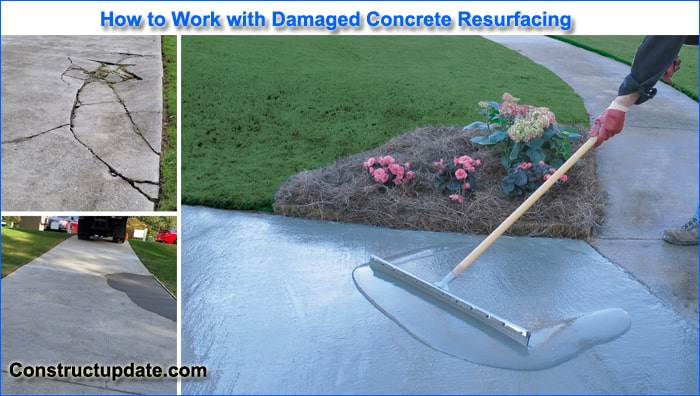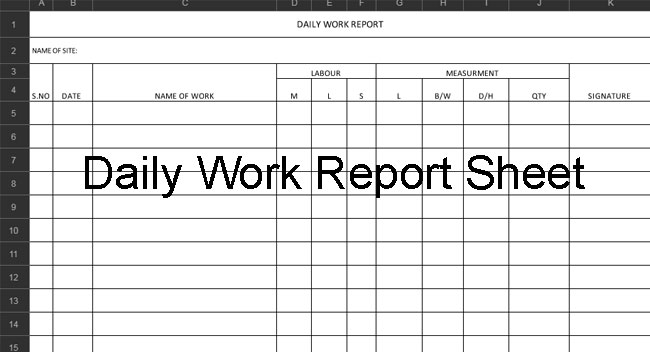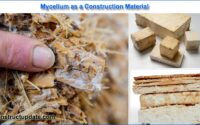What is Concrete Resurfacing | Working with Damaged Concrete Resurfacing
What is Damaged Concrete Resurfacing?
You are aware as a homeowner of the significance of curb appeal for maintaining the home’s good condition as well as for real estate objectives. It can be quite expensive and time-consuming to fix cracked concrete. Fortunately, you do not need to tear up the existing concrete and have it re-poured if your driveway, patio, or sidewalk is only slightly damaged or worn out. Concrete resurfacing can save the day in this situation. This article will guide you step by step on concrete resurfacing.
Resurfacing damaged concrete is what? Your interior and outdoor concrete surfaces can get a new polish with concrete resurfacing without the inconvenience of a full replacement. The procedure is simple and helps you avoid wasting a lot of money that would otherwise be spent pouring fresh concrete over your existing surfaces. You can modify the appearance of your floors and concrete surfaces thanks to the variety of decorative treatments available with concrete resurfacing.

So, how does it work?
Traditionally, to repair a cracked concrete slab, you would need to remove the debris and break up the old concrete. This is a pricey, time-consuming, and generally messy job. The new concrete for the new surface is then poured.
It can be expensive and labor-intensive to do this, especially if there is a lot of concrete involved. The classic rip-and-replace method of replacing concrete and concrete resurfacing vary in that the latter utilises the base of an existing concrete structure. The existing concrete area is simply covered with concrete resurfacing material.
Preparing Damaged Concrete For Resurfacing
The substrate’s preparation is the most important step in applying an overlay to concrete. Overlays are made to cling firmly to the concrete beneath them. But for them to stand on, they need a clear, firm foundation. Because of this, failing to do the prep work completely or ignoring it altogether is the main reason for overlay delamination and failure.
Basic Steps Preparation for Concrete Surface Resurfacing Includes:
Cleaning the concrete will get rid of any impurities like grease, oil, and filth that could prevent the overlay from adhering. Additionally, any paints, sealants, or coatings that may have been used on the concrete must be removed.
Removing any weak concrete, such as minor scaling, delamination, or spalling, until only sound concrete remains.
Active cracks are filled to prevent mirroring through to the overlay. Normally, any cracks that are as broad as a credit card or wider need to be repaired. (See how to fix fractures in concrete by following these procedures.)
To increase the overlay’s “grip,” the concrete surface is profiled or roughened.
One of the most efficient ways to prepare concrete substrates for resurfacing is to use equipment that mechanically abrades the concrete, like a grinder or shot blaster. This machinery leaves behind a surface profile that has been roughened in addition to removing the majority of impurities and weak concrete.
Clearly, this is a brief summary. The techniques will change based on the concrete’s age and condition as well as the surface preparation recommendations made by the overlay manufacturer.
What materials are used to resurface concrete?
Concrete resurfacing is created by combining a cement-based resurfacing solution with our unique flexible polymer, a concentrated and high-solids acrylic modifier that acts as a strong and flexible bonding agent.
The prepared concrete surface is then sprayed with the resurfacing mix, which penetrates the concrete and forms a solid bond with it to produce a new surface that is both stunning and aesthetically acceptable.
After the new surface dries and hardens to the same degree as the concrete it is attached to, it can be walked on after 24 hours and driven on after 7 days.
What are the advantages of resurfacing concrete?
- Concrete resurfacing has several advantages besides just saving you money and completely changing your old, worn-out concrete. In general, resurfacing concrete is simpler than tearing out old concrete and pouring it from scratch.
- A domestic project will often be finished in three days, saving you both time and money. It will last for many years and is resistant to further wear and tear. It also enables customised finishes, enabling you to achieve the result you want—a stunning new surface that enhances your house.





